Membrane Transporter/Ion Channel
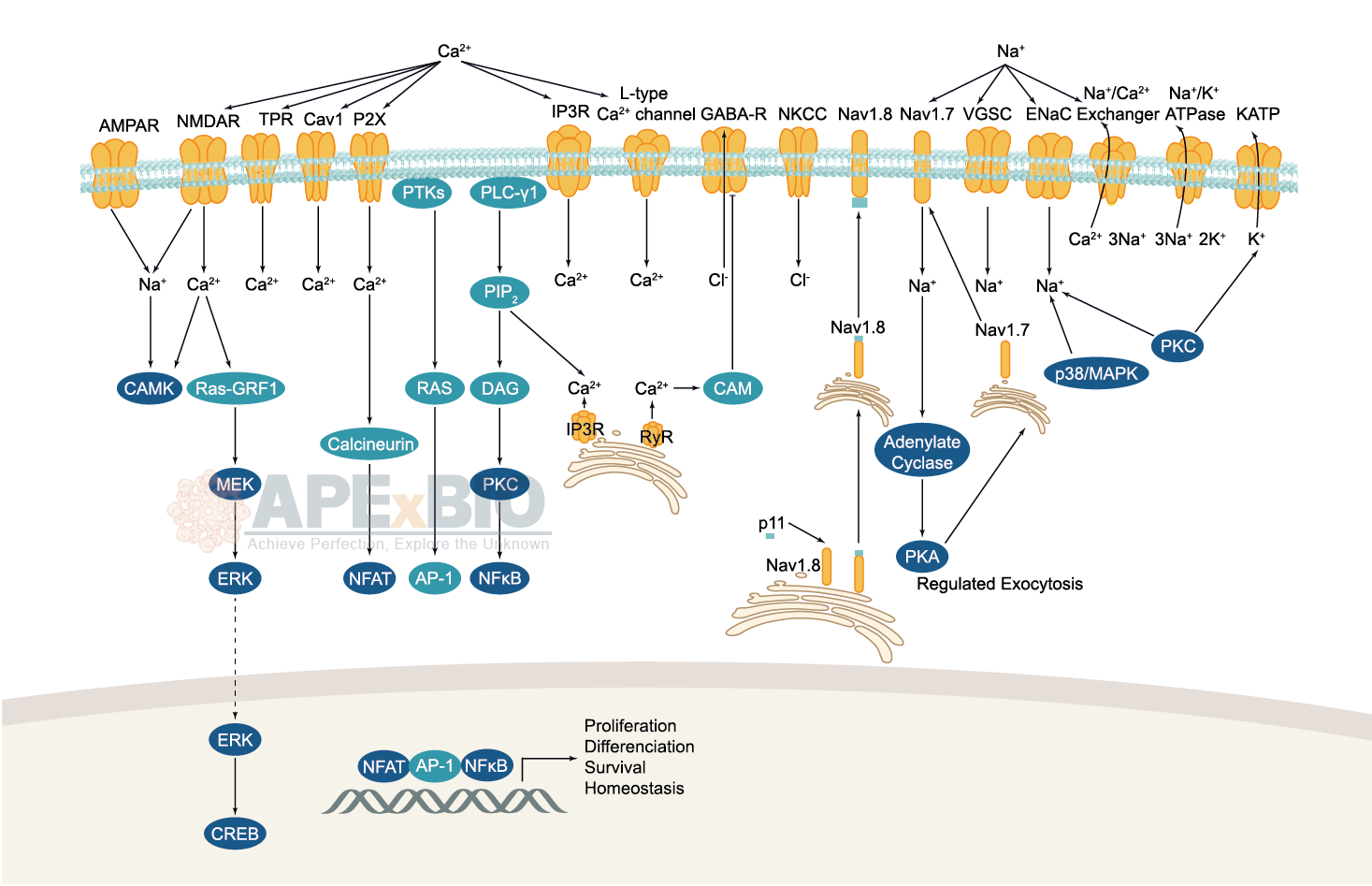

Membrane Transporters mediate the movement of ions and molecules via binding and moving the substance across the membrane. There are two main actions of transporter: facilitated diffusion (passive transport) and active transport. Membrane transporters which bind the hydrolysis of ATP to the transport of target molecules are referred to as ATPases. For instance, Na+,K+-ATPases or Na+,K+-pumps are responsible for the transport of Na+ out of and K+ into cells.
Ion channels are pore-forming membrane proteins which allow the flow of ions across the membrane. The ion channels can be broadly grouped into six families including calcium channels, chloride channels, potassium channels, sodium channels, gap junction proteins and porins. Not all ion channels are gated, such as certain type of K+ and Cl– channels, transient receptor potential superfamily of cation channels, the ryanodine receptors and the IP3 receptors, but most Na+, K+, Ca2+ and some Cl– channels are all gated by voltage. Ligand-gated channels are regulated in response to ligand binding (e.g. neurotransmitters signaling). These ligand-gated neurotransmitter receptors are known as ionotropic receptors. Various neurotransmitters couple to ionotropic receptors such as glutamate, acetylcholine, glycine, GABA, and serotonin.
-
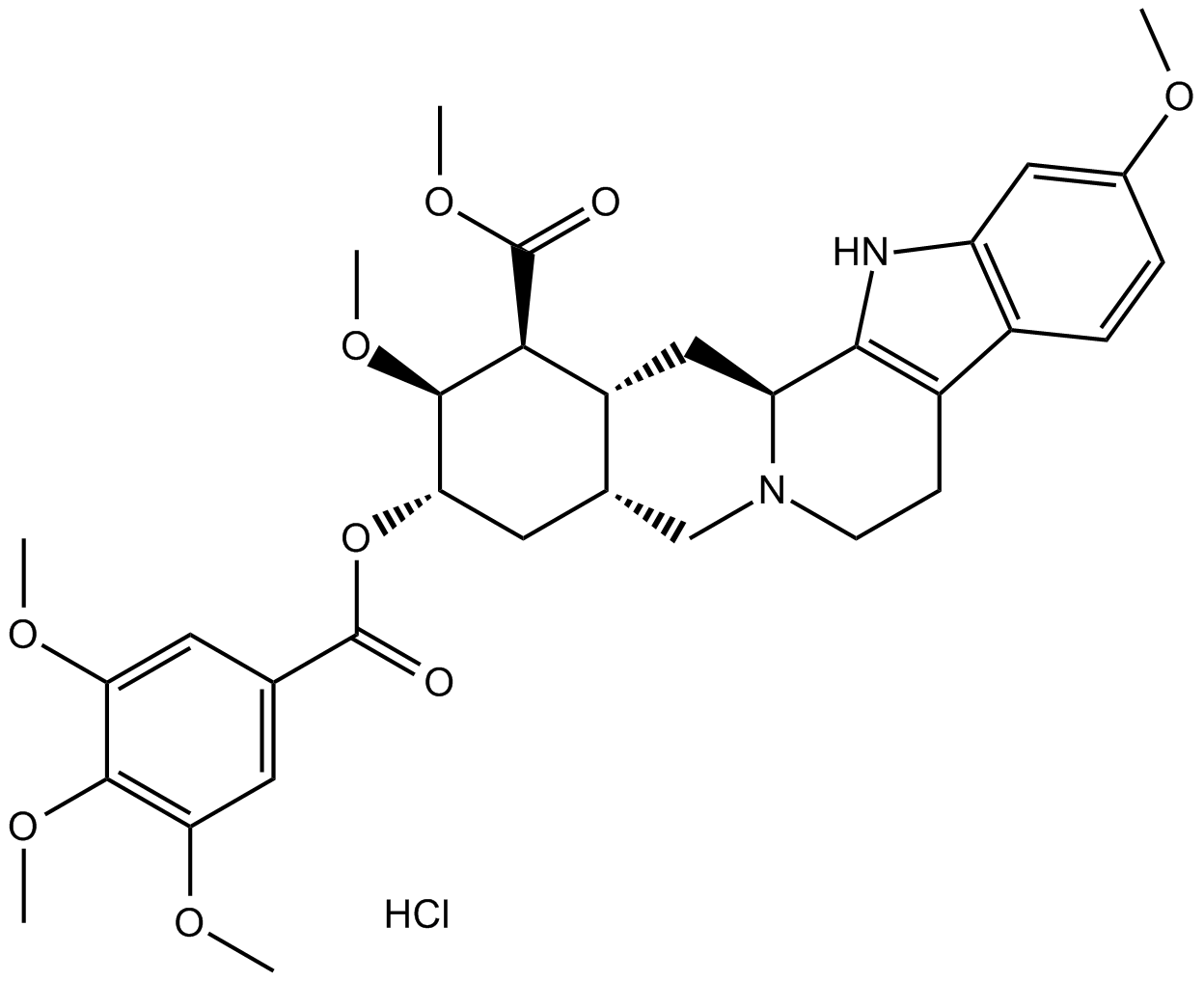 B1270 Reserpine hydrochlorideSummary: Blocker of VMAT
B1270 Reserpine hydrochlorideSummary: Blocker of VMAT -
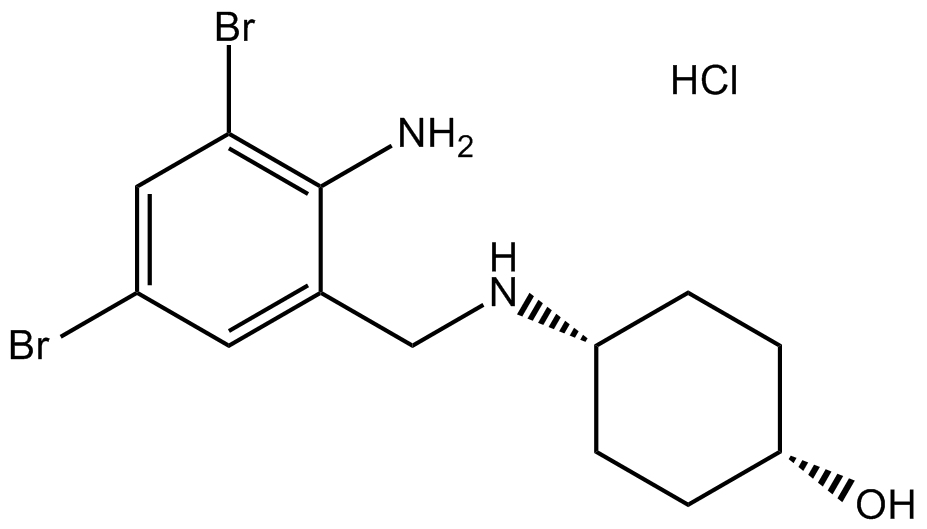 B2267 Ambroxol HClSummary: TTX-resistant Na+ currents inhibitor
B2267 Ambroxol HClSummary: TTX-resistant Na+ currents inhibitor -
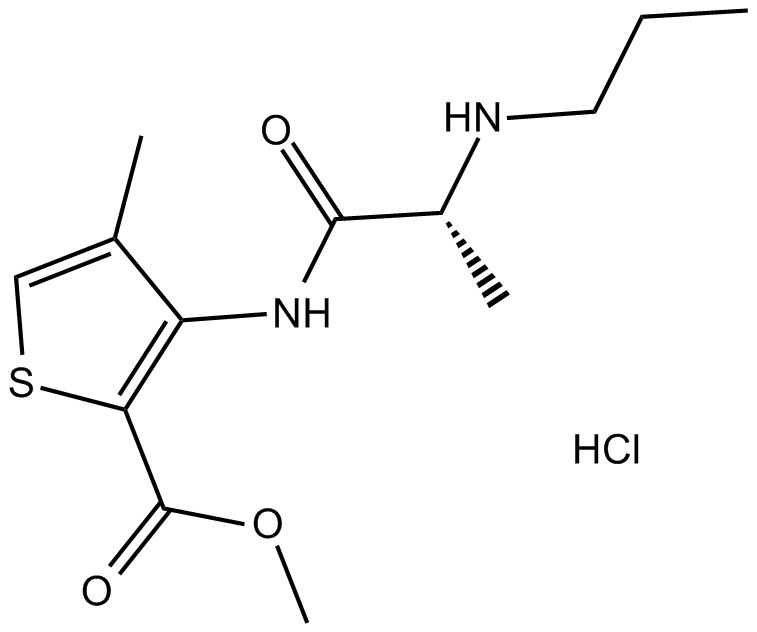 B1887 Articaine HClSummary: dental local anesthetic
B1887 Articaine HClSummary: dental local anesthetic -
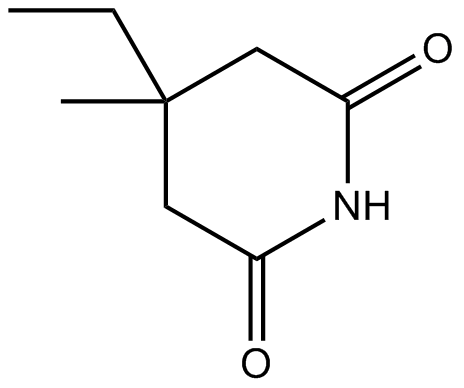 B1672 BemegrideSummary: GABA receptor antagonist
B1672 BemegrideSummary: GABA receptor antagonist -
 B1674 Benzethonium ChlorideSummary: Potent inhibitor of nAChRs
B1674 Benzethonium ChlorideSummary: Potent inhibitor of nAChRs -
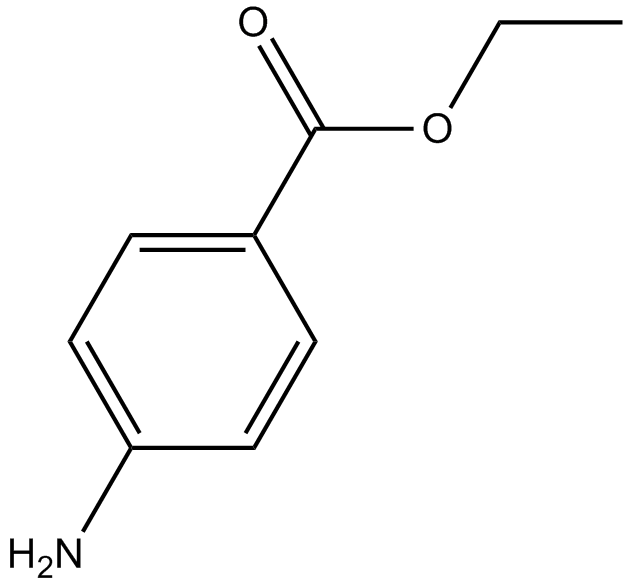 B1675 BenzocaineSummary: Sodium channel inhibitor
B1675 BenzocaineSummary: Sodium channel inhibitor -
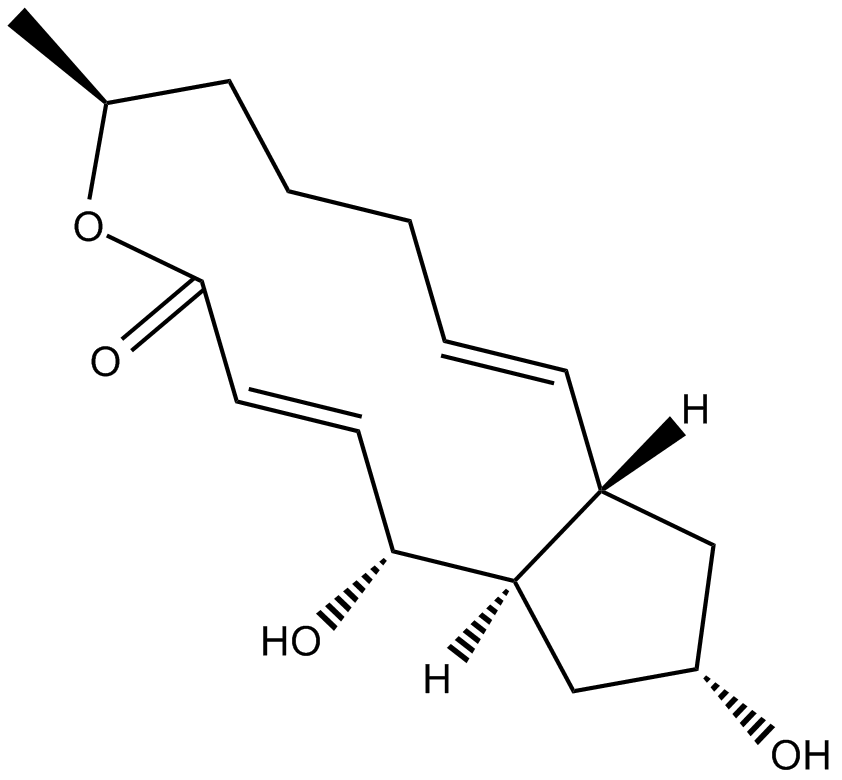 B1400 Brefeldin A4 CitationSummary: ATPase inhibitor
B1400 Brefeldin A4 CitationSummary: ATPase inhibitor -
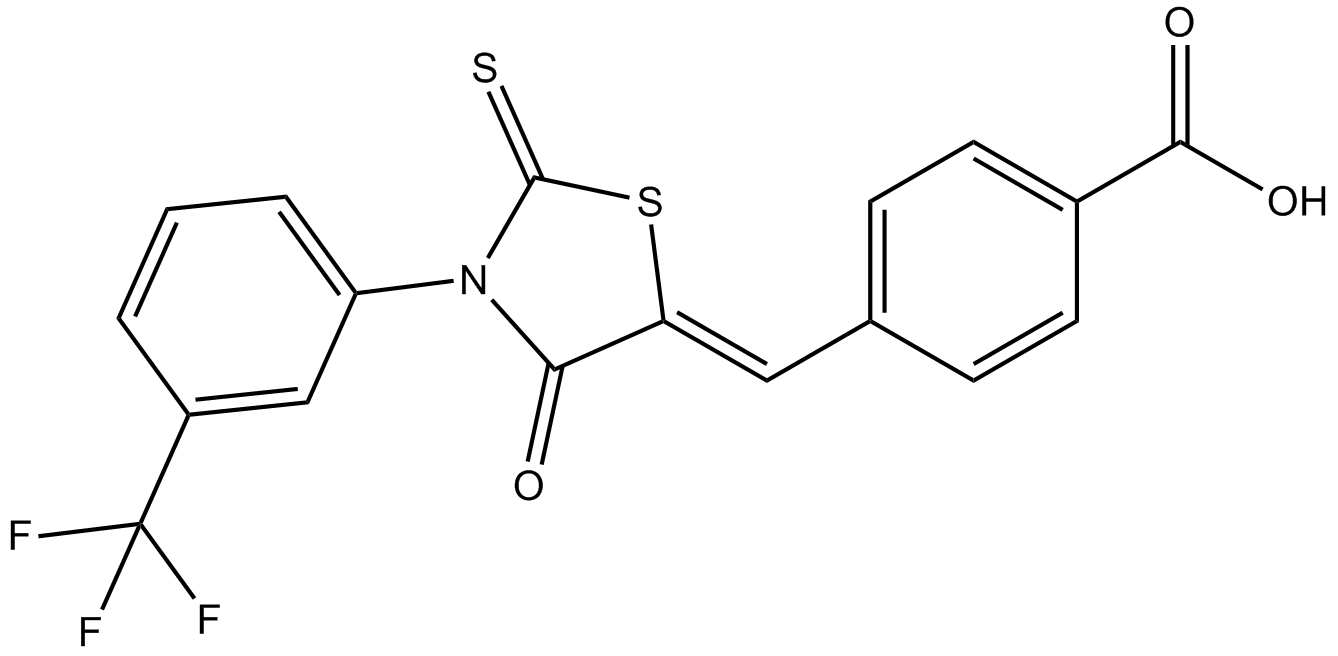 B1435 CFTRinh-172Summary: CFTR inhibitor, highly potent and selective
B1435 CFTRinh-172Summary: CFTR inhibitor, highly potent and selective -
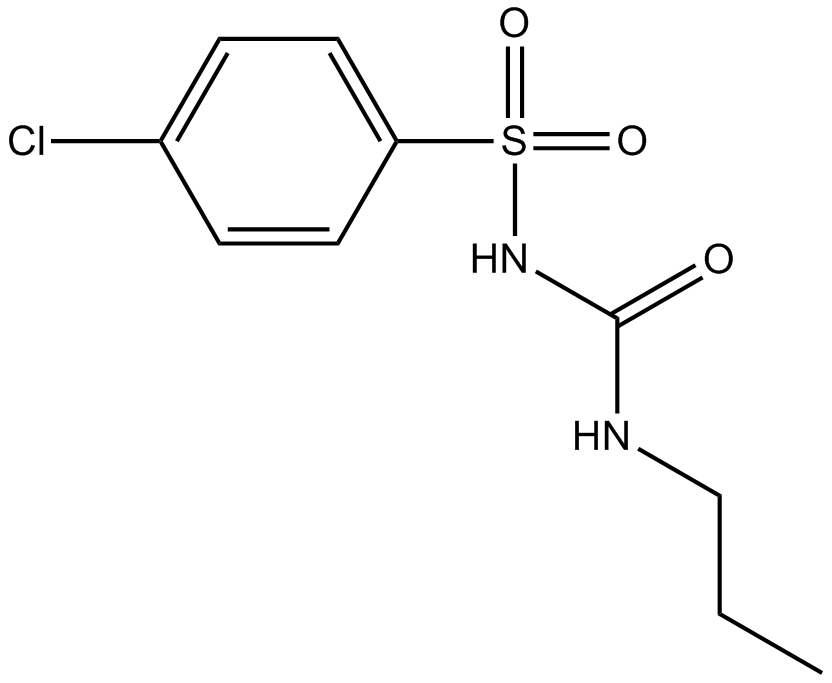 B1697 ChlorpropamideSummary: Oral antihyperglycemic agent
B1697 ChlorpropamideSummary: Oral antihyperglycemic agent -
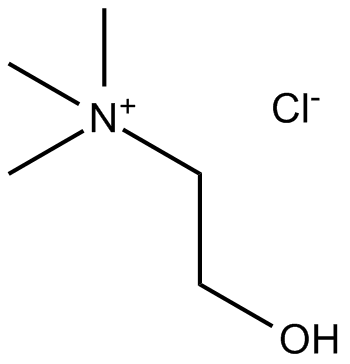 B1703 Choline ChlorideSummary: Quaternary ammonium salt
B1703 Choline ChlorideSummary: Quaternary ammonium salt


